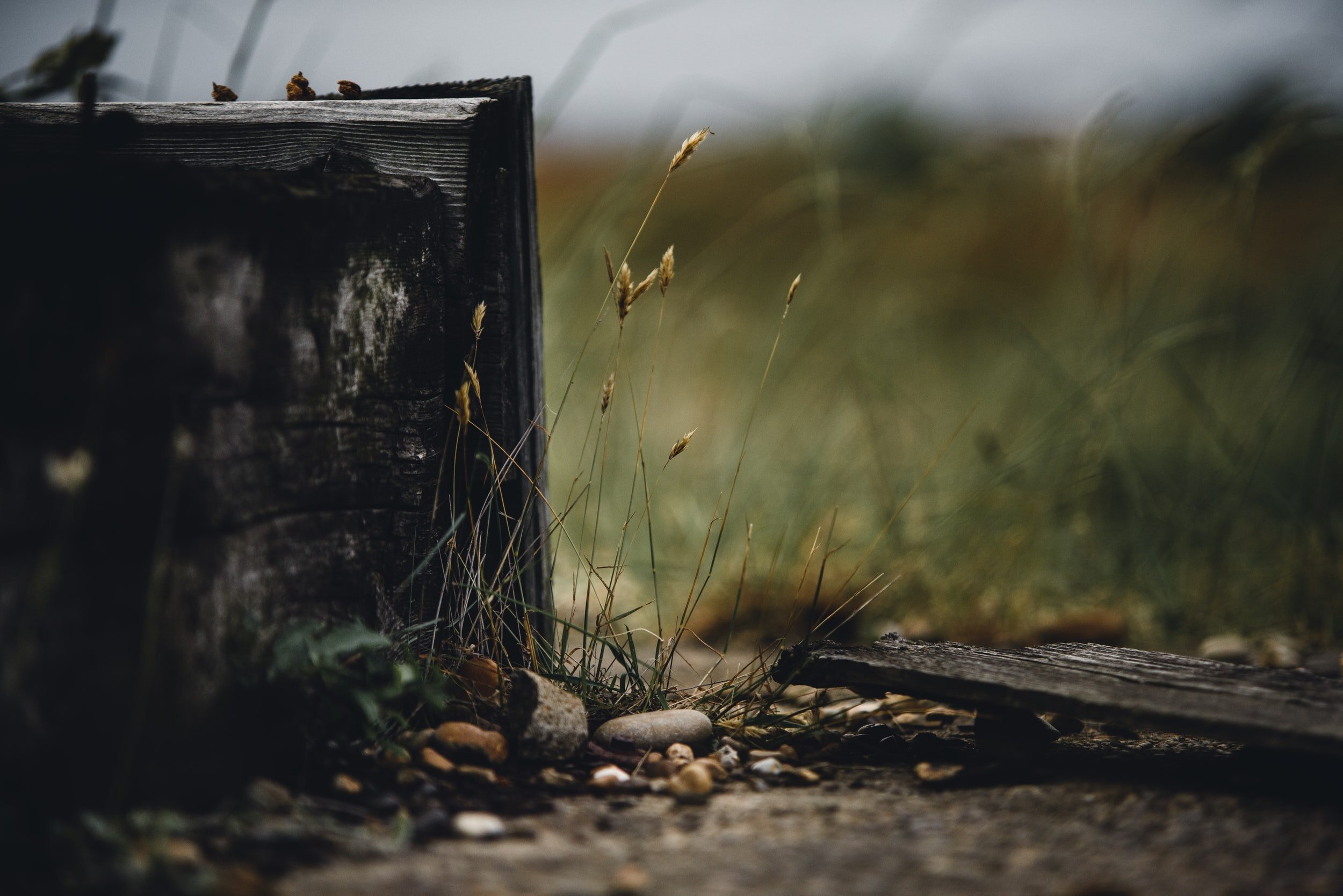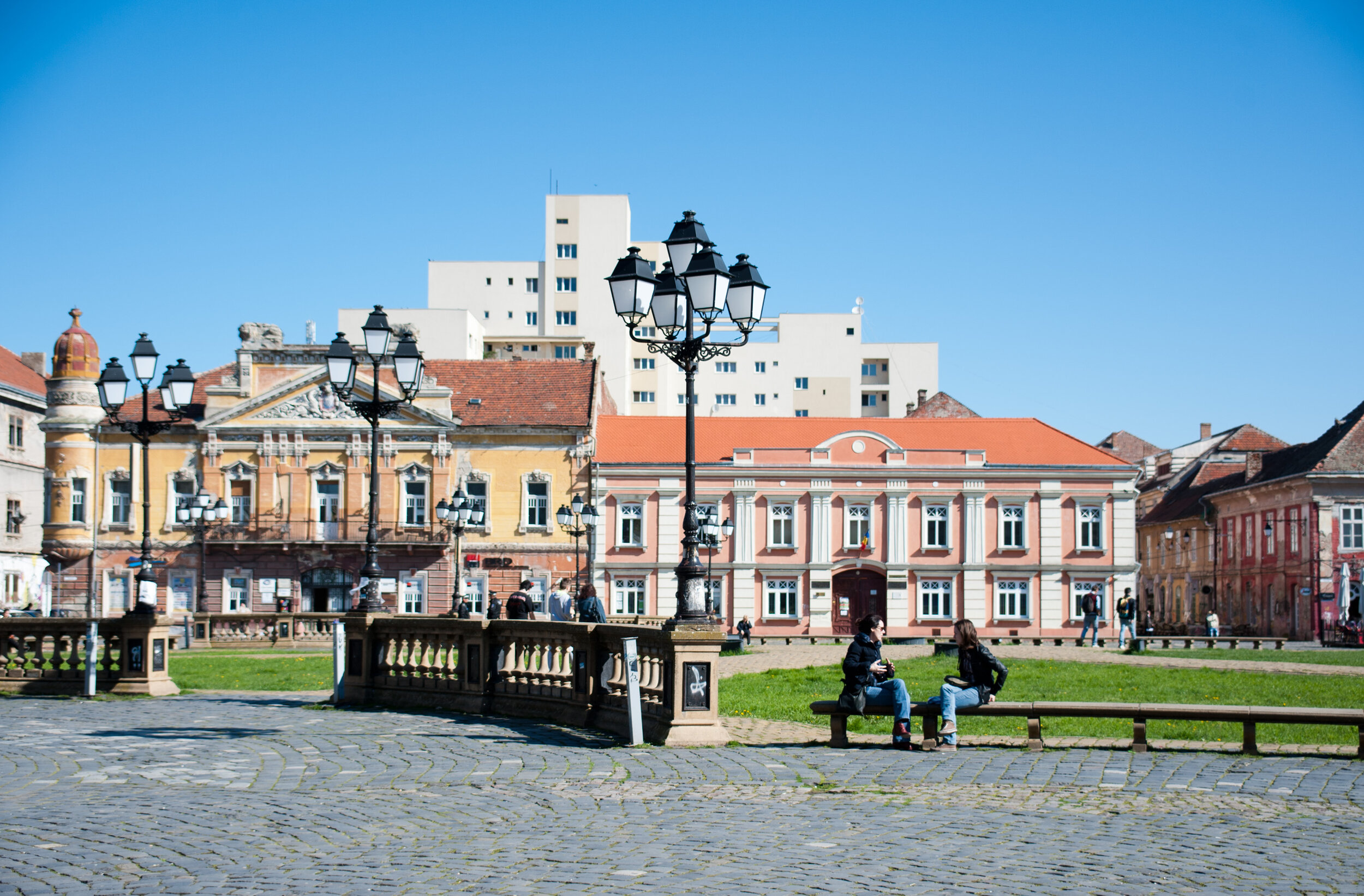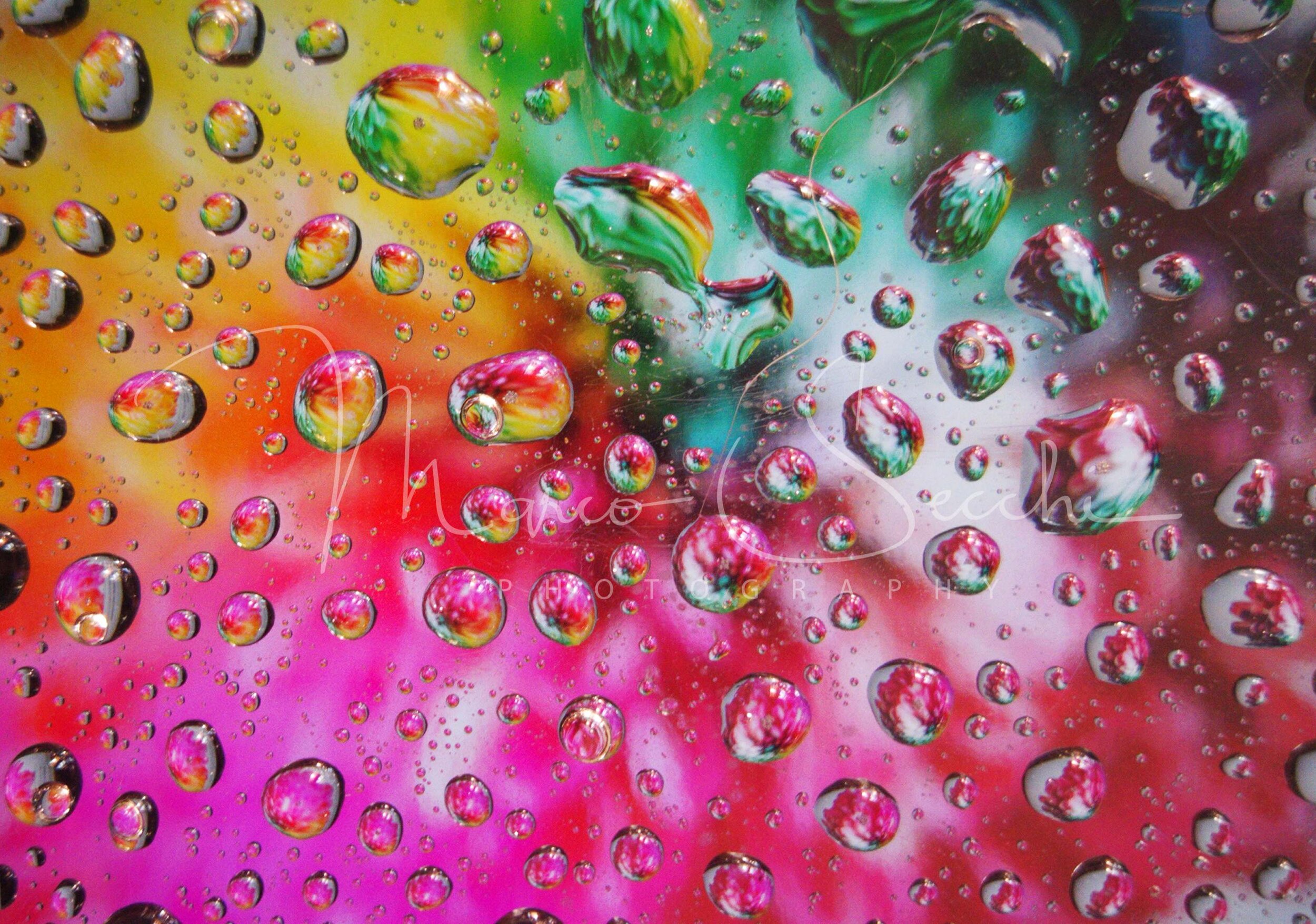These are the reasons behind this decision.
First I believe in Innovation and there is no reason not to try, second I like to challenge myself and to understand what is behind and NFT and been a very interesting couple of weeks!
Then there are the following more complex reasons….
The cryptocurrency world has been making headlines recently, with Bitcoin hitting a new record high, and last week I sold proof — for — of ownership of Blockchain Ethereum. [Sources: 15, 18]
The graphic designer Mike Winkelmann, better known in the online art world as Beeple, has created a work of art called “Everyday First 5,000 Days.” The artwork, entitled “daily first 5000 days,” is a collage of over 5,000 images created by Beepsle. All collages known as Everyday First 5000 days are fully digital, and the artwork is entitled Everyday First 5000 days. [Sources: 0, 15, 18] Christie’s is auctioning “Everyday, First 5000 Days”
It consists of 5,000 individual images taken daily between 2007 and 2021 and posted to the artist’s Instagram. The work is a collage of over 5000 futuristic images that Winkelmann, 39, may have created during his time as a graphic artist and graphic designer. [Sources: 19, 21]
In an Instagram post , Winkelmann said the work being auctioned by Christie’s was coined as NFT by MakersPlace, a digital creation platform, and verified on the blockchain. He said: “When you create an NFT, it is placed on a blockchain, it is stamped every time and therefore makes it impossible to identify digital property, even if there is no physical copy of the piece. [Sources: 4, 21]
The process of turning a work into an NFT is known as embossing, which refers to the creation of a new token on the blockchain that ties in with the content forever. In this ever-growing series of blocks that are constantly being created to represent new transactions, you are writing off your ownership of the N FT. [Sources: 1, 20]
I first explored the potential of this new asset long ago when I heard of Meni Rosenfeld that wrote an essay entitled “An overview of coloured coins. The nude portrait generated by AI, an image generated by AI that was originally purchased three years ago for $0.46 in Ethereum ($176) and sold for over $100 ($112,717) this year. [Sources: 3, 14]
NFTs became technically possible when the Ethereum blockchain added support for them as part of a new standard. ERC-721 was created to create rules on how non-fungible tokens work on the blockchain of Ethereum. This crypto spirit continues today, as Gramatik, the world’s first and most popular cryptocurrency mining platform, has released its first NFT called Vitalik Buren. In their first official N FT case, they have made the name available to the public for the first time in Ethereum’s history. [Sources: 2, 7, 12]
By comparison, according to a report by DappRadar, the first NFT collection built on a blockchain took three years to reach a sale price of more than $100,000. Many N-FTs are selling for unprecedented amounts — $90 million was sold in February alone. Beeple, which was described as a “1-to-1” piece in its first 5,000 days, is one of many NFTs that sold for around $1,500 apiece, or $3,300 apiece, in just a few months. In recent weeks, numerous Nft marketplaces have emerged that focus on digital art, with NiftyGateway, owned by the Winklevoss Twins, and SuperRare leading the way not to mention OpenSea that is the largest. [Sources: 9, 15, 17]
Many believe that the first — ever NFTs are connected to an Ethereum — based game called CryptoKitties, which came to market in late 2017. Canadian company Dapper Labs released a new version in 2017, in which players could buy and trade one of a kind of animated cat. Beeple, a dopey-looking cartoon cat created by them, debuted in February 2017 on NiftyGateway for a price of $1,500 apiece, or $3,300 apiece. [Sources: 0, 13, 22]
CryptKitties was introduced but has since switched to its own blockchain to make it easier for cryptocurrencies — newcomers — to access. The first NFTs created in 2017 are called “crypto-identities,” a set of unique identities that register on the blockchain, where people buy and collect. [Sources: 6, 8]
Created in 2016 by Trevor Andrew, the Gucci Ghost is heading to the Nifty Gateway, where unofficial “Gucci — printed” NFTs start at $2,500. The NBA’s top shots, pictured below, are also being auctioned off as N FTs, and the hype for 2021 comes from the cryptokick token, which is not yet widely available. [Sources: 10, 11]
Sources:
[0]: https://www.washingtonpost.com/technology/2021/03/12/nft-beeple-christies-blockchain/
[1]: https://www.kapwing.com/resources/how-to-create-and-sell-nft-crypto-art/
[2]: https://blog.komodoplatform.com/en/non-fungible-tokens/
[3]: https://medium.com/@Andrew.Steinwold/the-history-of-non-fungible-tokens-nfts-f362ca57ae10
[4]: https://www.livemint.com/money/personal-finance/your-guide-to-non-fungible-tokens-what-nfts-are-and-how-they-work-11614768696550.html
[5]: https://julianhosp.com/nfts-explained-in-detail-by-an-expert-stache/
[6]: https://decrypt.co/resources/non-fungible-tokens-nfts-explained-guide-learn-blockchain
[7]: https://www.theverge.com/22310188/nft-explainer-what-is-blockchain-crypto-art-faq
[8]: https://www.investvoyager.com/blog/nft-craze/
[9]: https://www.benzinga.com/money/how-to-buy-nfts/
[10]: https://sixfiguresneakerhead.com/nft-crypto-sneakers-hype-sneaker-collecting/
[11]: https://jingdaily.com/digital-art-nft-luxury-fewocious-rtfkt/
[12]: https://thissongissick.com/post/what-are-nfts-and-crypto-art/
[13]: https://www.techradar.com/news/nfts-are-seriously-hot-right-now-but-were-falling-into-a-familiar-trap
[14]: https://ocula.com/magazine/art-news/nifty-gateway-made-nfts-sexy-not-sustainable/
[15]: https://forkast.news/nft-art-nba-top-shot-crypto-collectibles/
[16]: https://www.linkedin.com/pulse/why-2021-year-non-fungible-tokens-nfts-ruben
[17]: https://tanay.substack.com/p/the-rise-of-nfts
[18]: https://moneyweek.com/investments/alternative-finance/bitcoin/602928/what-are-nfts-and-why-are-they-so-popular
[19]: https://hyperallergic.com/624053/nft-art-goes-viral-and-heads-to-auction-but-what-is-it/
[20]: https://newatlas.com/collectibles/what-are-nfts-non-fungible-tokens/
[21]: https://www.cnbc.com/2021/02/18/christies-to-auction-beeple-nft-art-and-will-accept-ether-as-payment.html
[22]: https://www.wired.com/story/nfts-boom-collectors-shell-out-crypto/






















